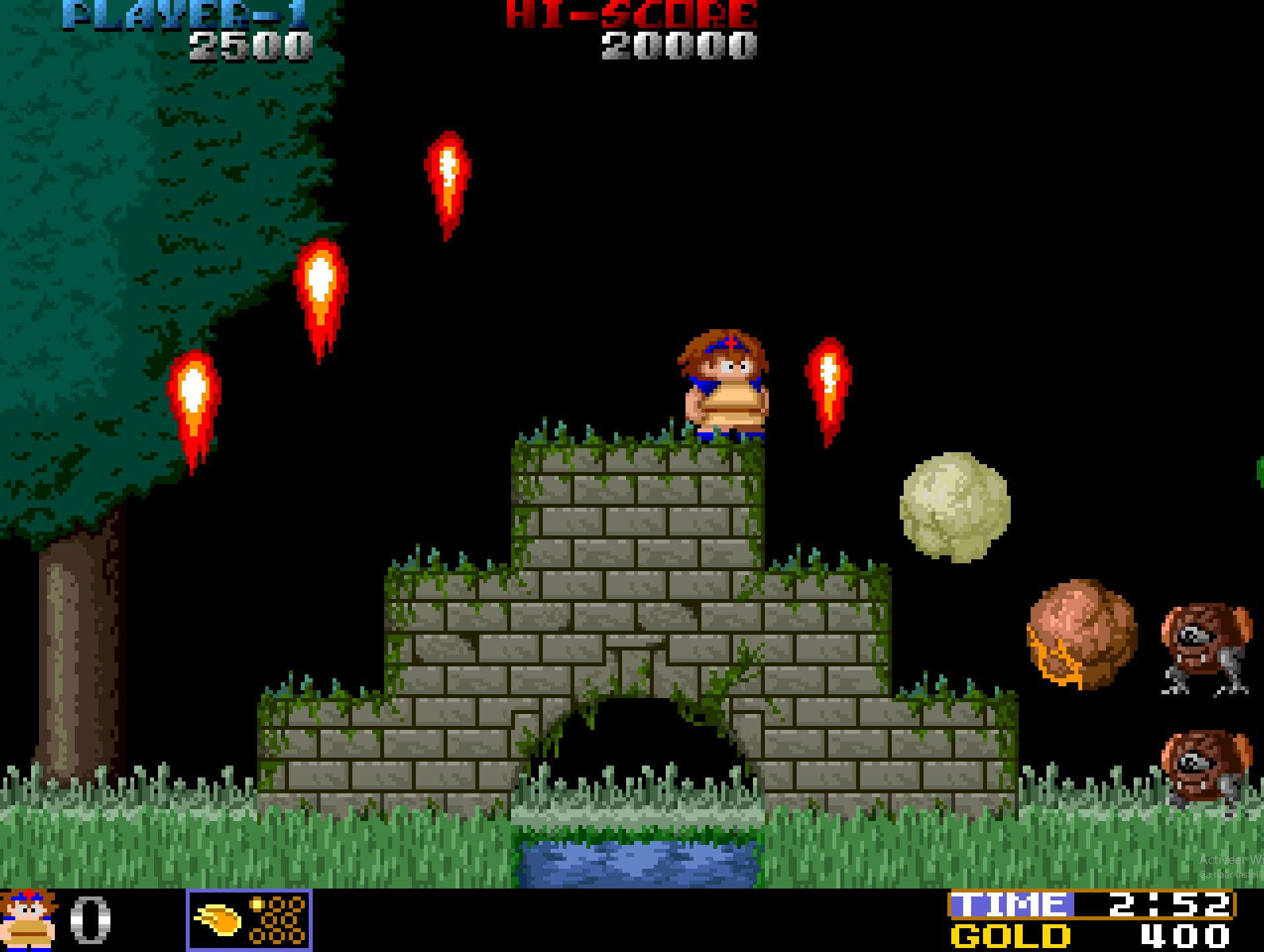Introduction
Released in 1987, Wardner is a side-scrolling action-platformer by Toaplan. Known in Japan as Pyros, the game combines platforming, light RPG elements, and fantasy adventure. Its colorful sprites and methodical gameplay offered an approachable alternative to more frenetic arcade titles of the era. Wardner stood out for its charming presentation, with whimsical environments and a soundtrack that enhanced its fairy-tale atmosphere.
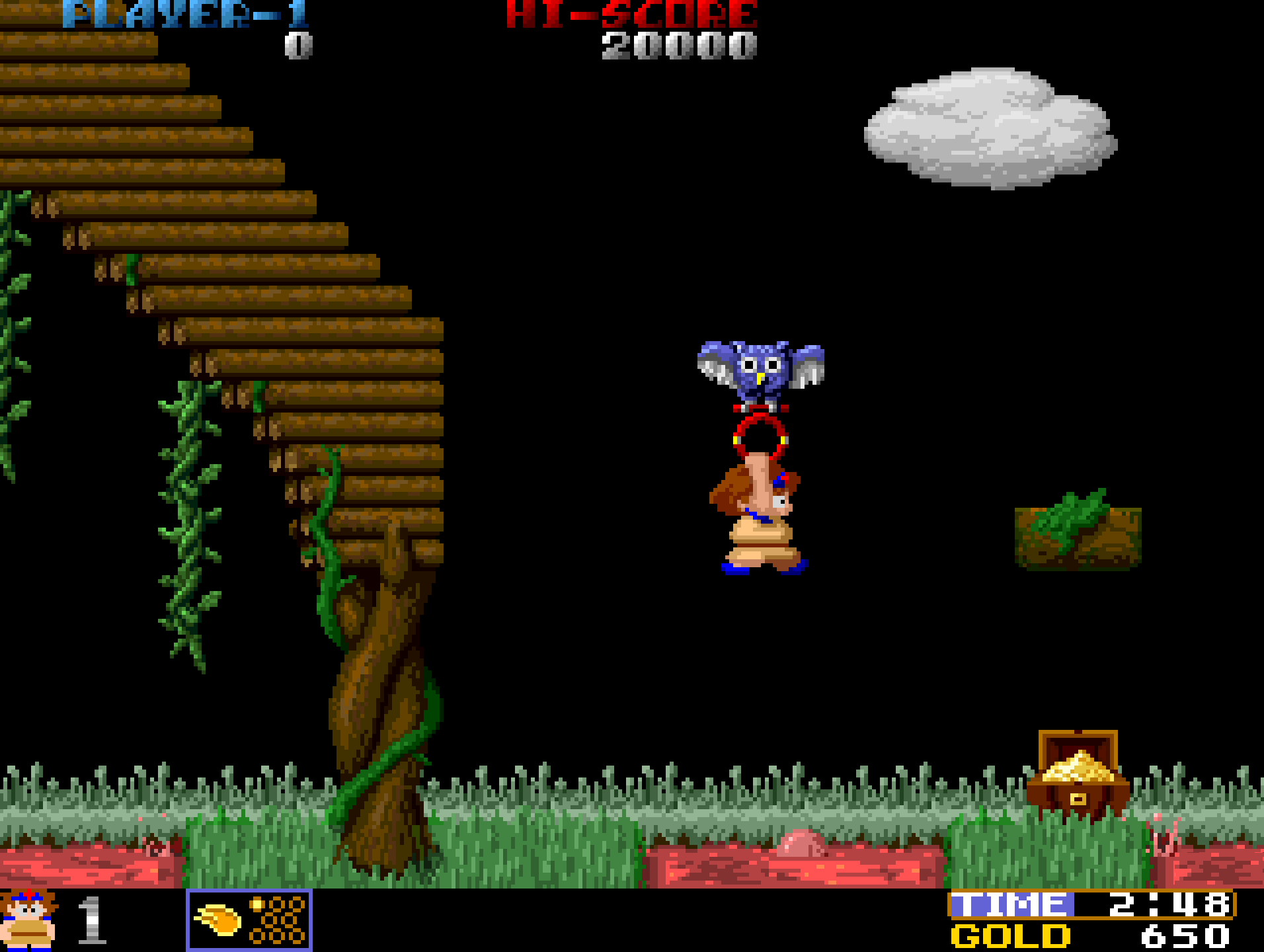
Development and History
- Developer: Toaplan
- Publisher: Taito (Japan), Romstar (North America)
- Release Date: 1987
- Hardware: Toaplan arcade hardware
Wardner was created by Toaplan, a studio best known for shoot ’em ups like Truxton and Tiger-Heli. The game’s design drew inspiration from Ghosts ’n Goblins, blending platforming with projectile combat and item collection. Despite Toaplan’s focus on shooters, Wardner became one of their most recognizable early platform titles.
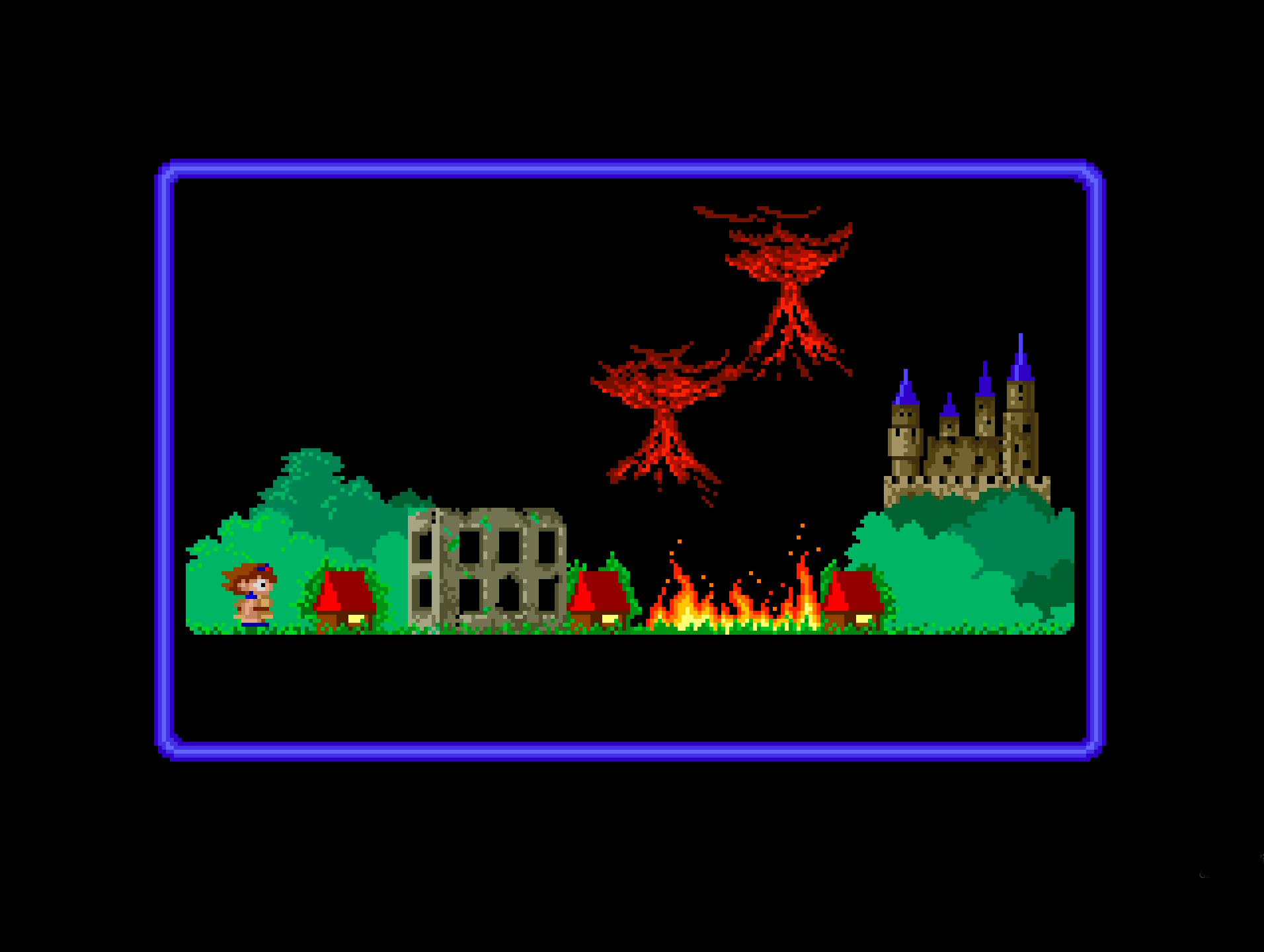
Gameplay Video
Gameplay and Mechanics
Players control Dover, a young boy on a quest to rescue his kidnapped girlfriend from the evil Wardner.
Core gameplay elements:
- Side-scrolling platforming across forests, castles, and caves
- Fireball attacks to defeat enemies
- Collect gold to buy upgrades between stages
- Hidden bonus areas and secret items
- Time limit per level, encouraging brisk play
Each stage ends with a boss battle against a magical creature or sorcerer.
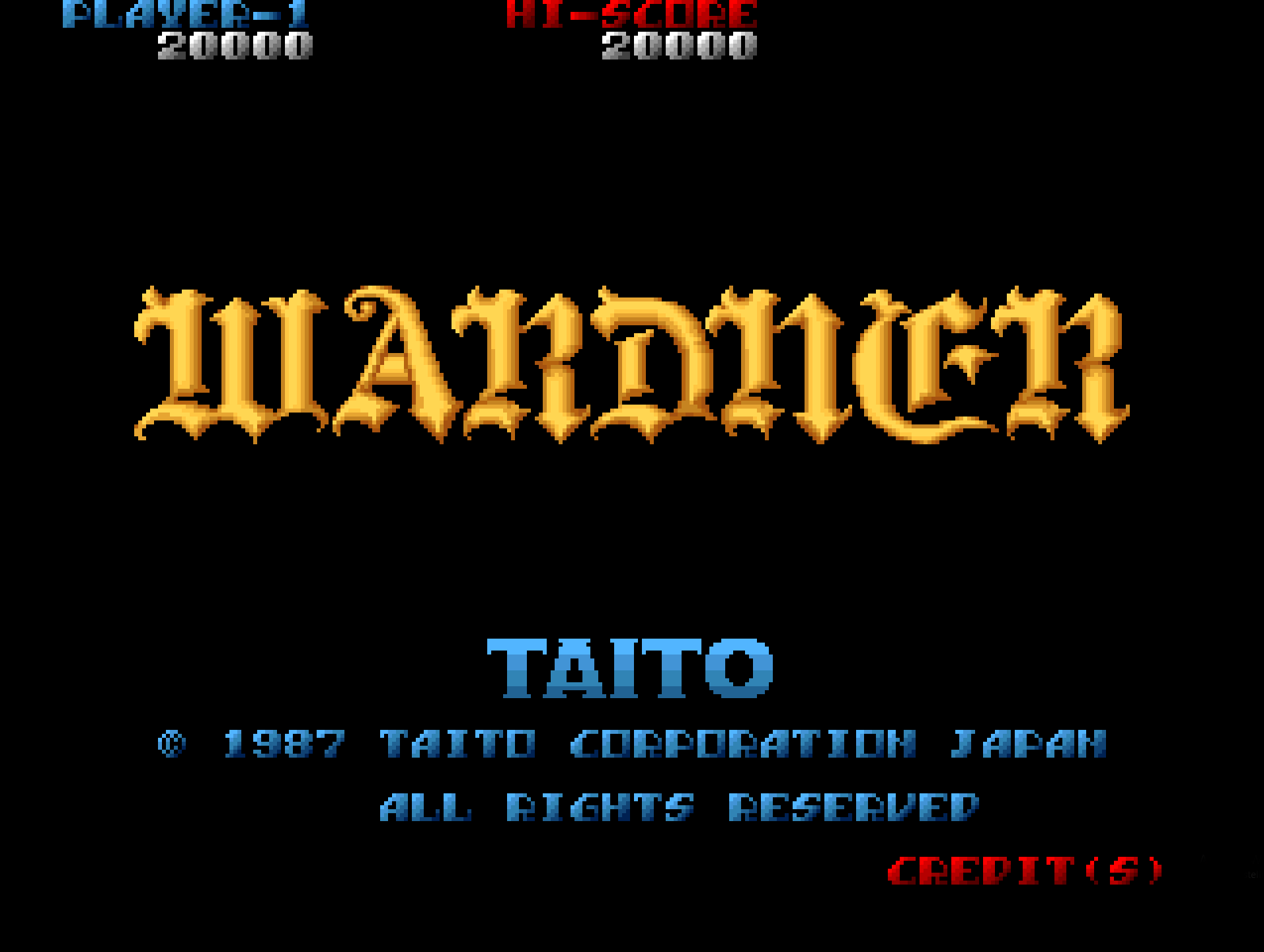
Cultural Impact and Legacy
- Ported to the Sega Genesis (Mega Drive) and Famicom Disk System (as Wardner no Mori)
- Known for its steady pacing and approachable difficulty compared to similar arcade platformers
- One of Toaplan’s few non-shooting arcade games
- Gained a modest following among retro collectors and fans of 1980s fantasy games
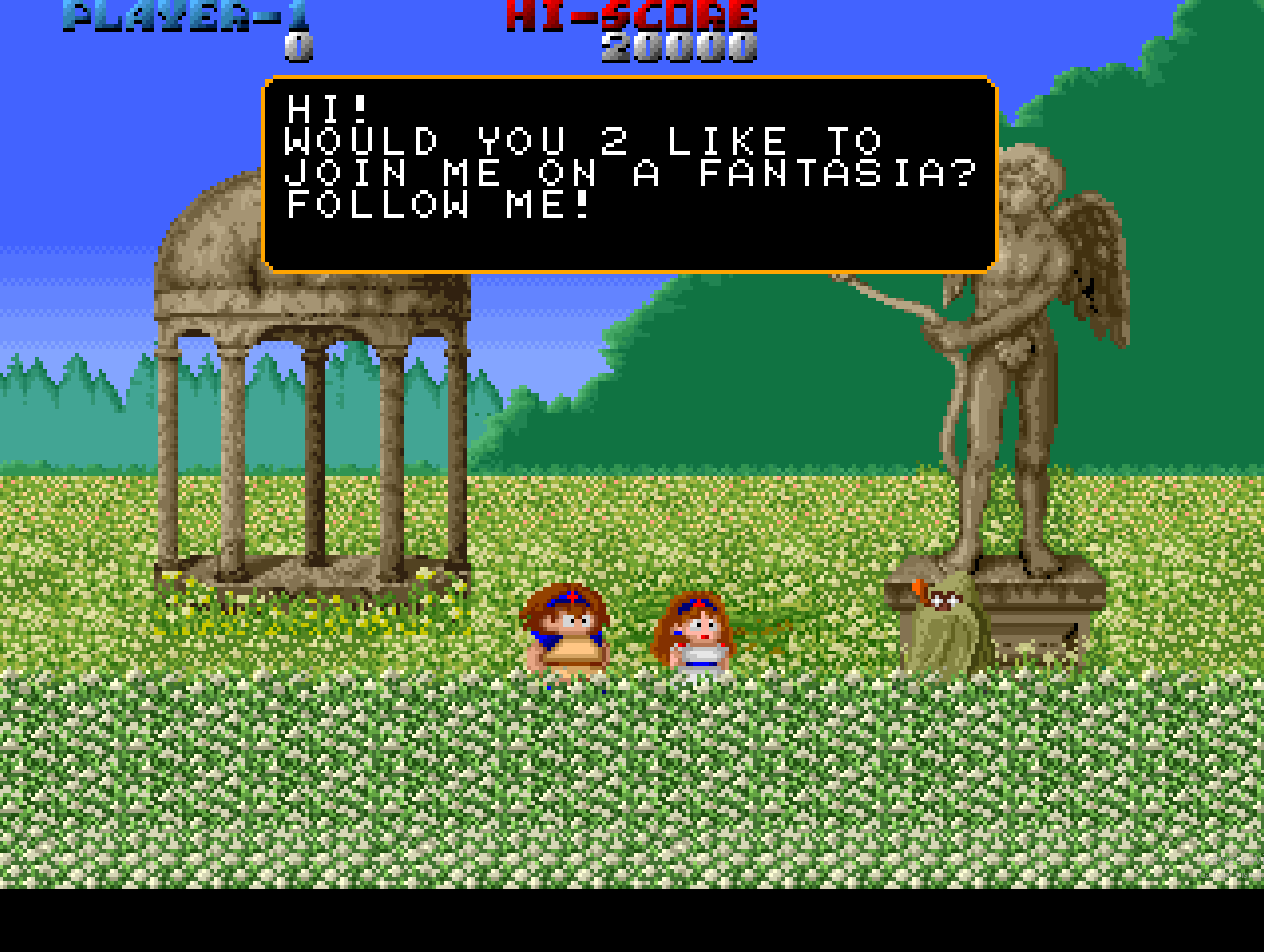
Fun Facts
- The Japanese title Wardner no Mori translates roughly to "Wardner’s Forest"
- The game’s shop system prefigured similar mechanics in later action-platformers
- While the Genesis port was completed, it was never officially released in North America
- The protagonist’s name, Dover, was localized inconsistently in manuals and marketing
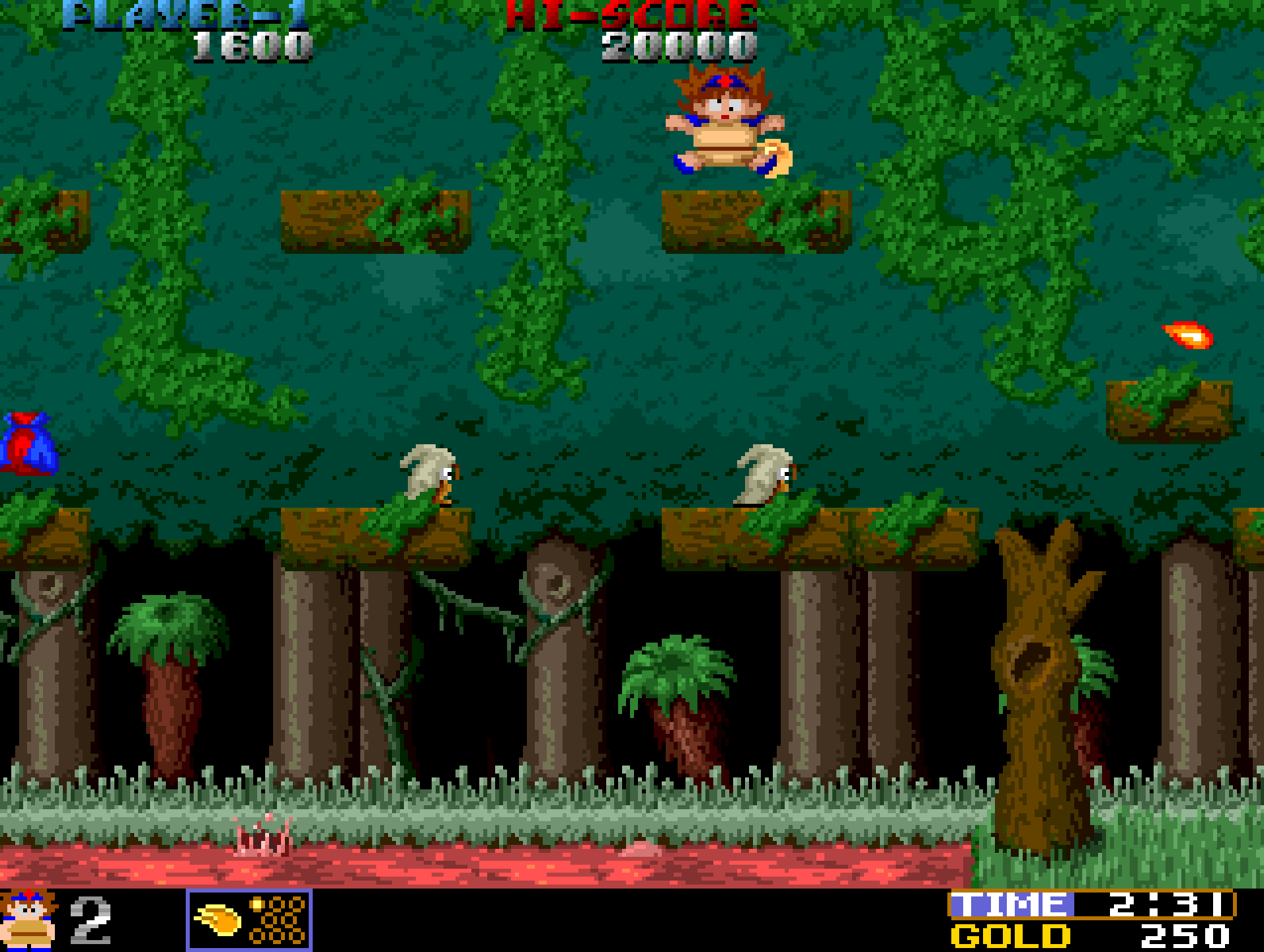
Conclusion
Wardner blended fantasy platforming, light RPG progression, and accessible gameplay into a colorful arcade adventure. Its gentle learning curve and charming presentation helped it stand out among tougher platform games of the time. Though overshadowed by Toaplan’s more famous shooters, it remains a nostalgic favorite and a reminder of the studio’s creative range.
Want to Go Deeper Into Arcade History?
If this game left you craving more, dive into the complete stories behind some of the most iconic arcade genres and franchises. These articles explore the rise, innovation, and legacy of the games that shaped arcade culture:
- Top 25 Hidden Gem Arcade Games of All Time - Unearth the overlooked classics that still shine bright for arcade enthusiasts today
- Top 25 Beat ’Em Up Arcade Games of All Time – Discover the ultimate ranking of the greatest beat ’em ups ever to hit arcades
- The History of Beat ’Em Up Arcade Games – From Double Dragon to Final Fight, here’s how brawlers ruled the late ’80s.
- Donkey Kong’s Rise to Fame: How a Desperate Bet Created a Gaming Legend – The untold story of how Nintendo turned failure into a global icon, launching Mario, Miyamoto, and a new era of arcade storytelling
- The Economics of Arcade Gaming: The Golden Age of Coin-Op – This article explores the full arc of arcade economics: the explosive rise, the industry-shaking crash, and the waves of reinvention that kept the business alive
- The Complete History of Mortal Kombat Arcade – How a gritty fighter became a pop culture phenomenon.

